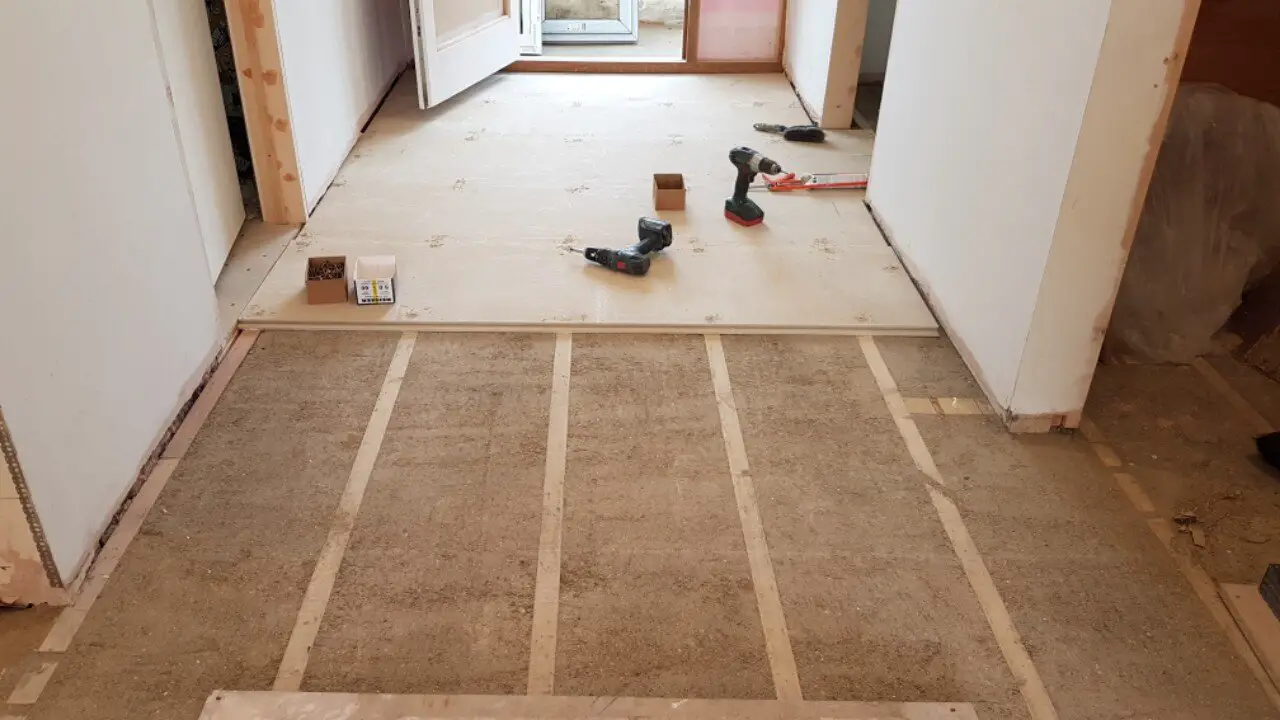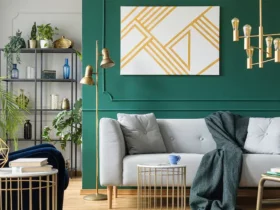The process of 3D Architectural Rendering is very complex and requires many skills. Although advanced courses have been offered in many architecture schools in recent years, the vast majority of professionals are self-taught. The field requires a keen eye for details and excellent spatial awareness. These two skills are critical to creating high quality and realistic images.
Basics
A 3D architectural rendering is a digital image that depicts a building’s design in three dimensions. This technology helps architects and designers visualize the final design and highlights key elements of the structure. It allows for realistic scale and perspective. It is also helpful for identifying design flaws. A 3D rendering helps visualize a home, apartment, or office before construction begins.
For the best results, 3D architectural renderings should be accurate in scale. To determine the correct scale, compare the objects in the rendering to the surrounding objects. Look for any small differences that may affect the final product. Often, artists render objects with an incorrect scale in 3D space, resulting in a poor end result.
A 3D architectural rendering can be produced in a video format and is often used by architects and designers to demonstrate proposed designs. It is also a good marketing tool, as 3D images help clients visualize the finished product and make decisions about potential design changes. In addition, 3D architectural rendering saves time, materials, and labor costs. They also serve as powerful visual advertisements, which can be used in print and email advertisements.
Architects often begin by sketching a plan on paper. This allows them to get an idea of the layout and colors of a building. Once the design is approved, the architect will add finishes and details to the floor plan. Afterwards, the blueprint can be shared with the construction company, foreman, or crew. Using 3D architectural rendering helps speed up the design process and give the client a realistic idea of what the finished product will look like.
3D architectural renderings also help architectural firms evaluate the feasibility of a design. It allows them to identify any flaws before building. This saves time and money because structural engineers can quickly correct any design flaws before construction begins. Also, it helps them understand which techniques will work best in the construction process.
3D architectural renderings can be an effective sales tool for many types of businesses. Not only are they a great way to sell a home, but they also serve as a visual tool to attract clients. Regardless of the business, 3D architectural renderings help architects and designers persuade potential buyers and clients.
Common software
There are a number of programs available that can help you create realistic 3D architectural renderings. Some are free, and others can run on a high-end computer. It is important to choose the software that best fits your needs. Some programs are suited for high-end professionals who want a fully-featured product.
Whether you need to visualize a home, an office, or a retail store, specialized architectural rendering software can help you. These applications enable architects, interior designers, realtors, builders, developers, and digital artists to create realistic 3D images and models. Many of these programs can import moving objects, which helps you visualize the construction process.
Some of the most common software for 3D architectural rendering are: Artlantis, 3ds Max, and Lumion. These programs are designed for architects and designers and provide numerous presets, including indoor/outdoor lighting. They also have a wide range of materials and objects in their content libraries to allow you to create realistic images.
Maxwell is a powerful and versatile rendering tool that allows you to create photorealistic images with ease. It also offers easy-to-use features and a large user community. You can easily set up complex scenes with Maxwell, and the software integrates with most major 3D programs.
AutoCAD is also a popular software program for 3D architectural rendering. Developed by Autodesk, this popular software is highly customizable and offers powerful modeling, texturing, and rendering functions. It also features a video editing function. You can easily create complex designs with this software, and it has a friendly user interface.
Autodesk Revit is another popular software for 3D architectural rendering. While both programs are designed for architects, 3ds Max is best for artists. Its sophisticated visual modeling tools and options make it a better option for professional 3D artists. It also offers a great support community and excellent customer service. With these programs, you can be confident that your renderings will be photoreal.
Techniques
There are several techniques involved in creating a high-quality 3D architectural rendering. The first step is to create a wireframe, also known as a blueprint. Wireframes help the artist visualize the parts of a building and determine the viability of the overall concept. After the initial wireframes have been created, the artist may apply more complex photorealistic renders.
The next step is to use the right lighting, shading, and color temperature. Proper lighting and color temperature will help the rendering appear more realistic. These tips can make your 3D renderings more accurate and save you money in the long run. Once you’ve mastered these techniques, you’ll be able to create stunning 3D architectural renderings.
The most common style of architectural rendering is photorealistic, or photo-like. The goal of photo-realism is to create a rendering that looks as realistic as possible. The most difficult part of this technique is understanding how light behaves. Depending on the time of day, daytime colours range from warm yellow to near-white, while dusk colours are a combination of orange and blue.
Using photo-realistic 3D architectural rendering techniques will make your architectural renderings more appealing to potential clients. They will also help you stand out from your competition. Your architectural 3D renderings can be used for a variety of marketing purposes, including email and print advertisements. When used properly, 3D architectural renderings can help you expand your client base by introducing your services to a larger audience and attracting more clients.
Rendering is a process of adding colors, textures, shadows, and other optical effects to a photo. The amount of details and effects that are included depends on the needs of the designer. The final 3D rendering will look as realistic as possible and will help clients see the finished project before construction begins. There are a few different techniques to achieve a 3D architectural rendering.
Hyper-realistic rendering is one of the hottest trends in architectural rendering. Using this technique, an architect can start with a sketch of the project and edit it to a hyper-realistic degree urban air adventure. This style of rendering allows for minute contrasts in colours and extra detailing to achieve a truly realistic-looking result.
Future of 3D architectural rendering
While 3D architectural rendering is an exciting new technology, it is still relatively new. Although it has made huge strides in recent years, it still requires a large upfront time commitment and lacks a common standard. Because of this, there is a risk that someone may simply copy your work, which could cost you both money and time.
In addition to making it easier for clients to see what their new home will look like, 3D rendering can also allow you to incorporate any items you own into the design. This is great for clients who want to see how the finished product will look before paying a penny. This method also allows you to change the design and layout as needed.
In addition to these benefits, 3D architectural rendering also improves communication on . Having the ability to communicate more effectively is crucial, especially when complex projects are involved. Using a high-quality 3D render allows for precise measurements within the rendering, solving many communication problems. It also gives you control over imagery and allows you to easily create multiple concepts and tweak them as needed, during meetings.
Combined with VR technology, 3D architectural rendering is an invaluable tool for architects. This technology can help architects take their clients on virtual tours of their projects, which can lead to faster approvals. It can also give customers more confidence in the project. This boosts morale, which is crucial to the success of any project.
Final Words
The quality of 3D architectural renderings depends on how they are produced. For a high-quality render, 3D models should look natural. They should be accurate in their geometry, size, and texture. There should be no spots, shadows, or colors that are too bright or too dark. Also, the placement of lighting sources should be correlated with the look of an object. Certain surfaces will reflect light while others will reflect light, while others may reflect light.
As a result, 3D architectural rendering Melbourne can be extremely realistic. The process of creating these images involves years of technical knowledge and artistic expertise. Experts are able to manage all of these factors, while making 3D architectural renderings a useful tool for any business. In addition to being a crucial communication tool, 3D architectural renderings can save time and money.












Leave a Reply